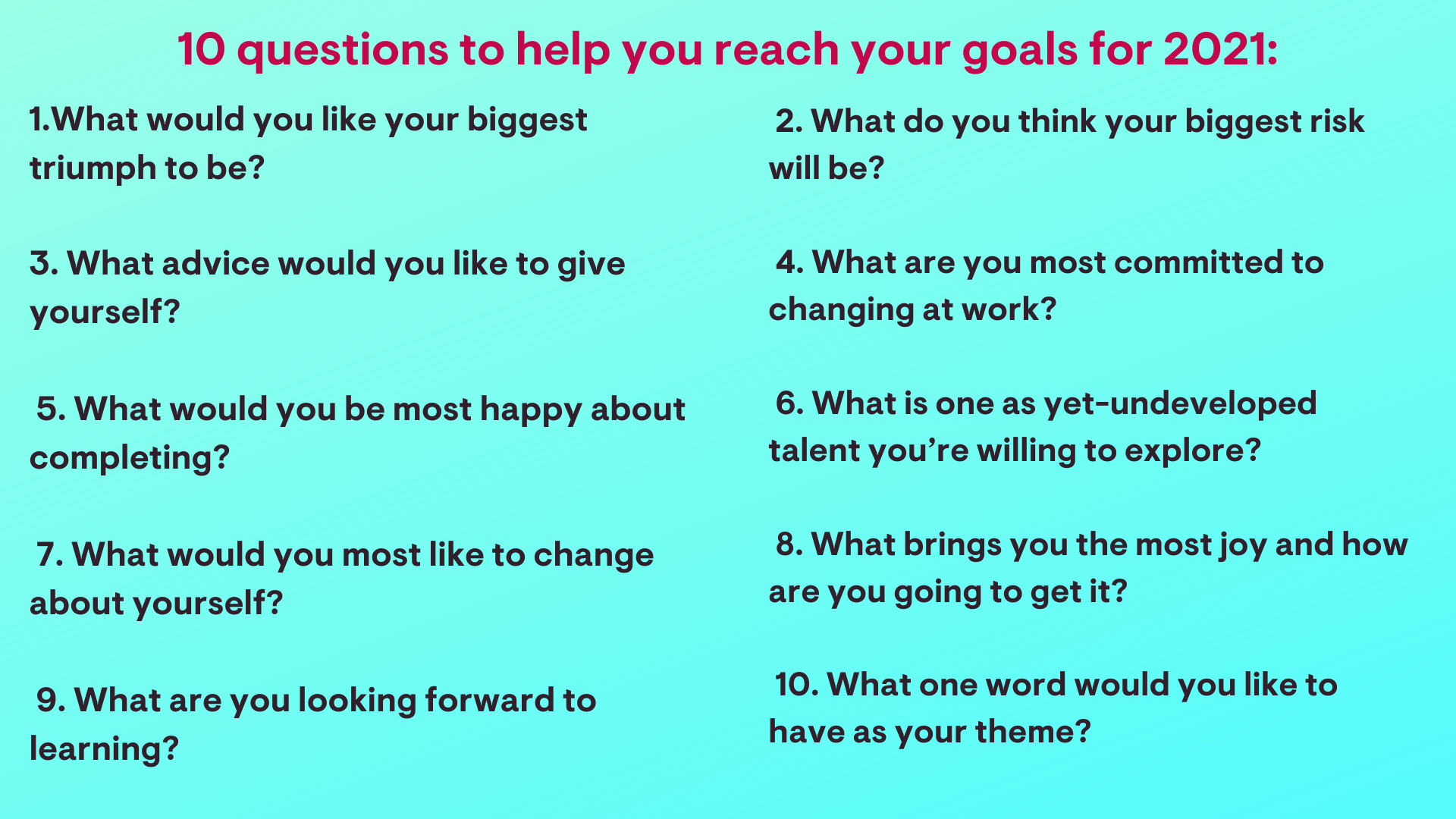“The world makes way for the man who knows where he is going.”
Ralph Waldo Emerson
How many of us have already given up on our New Year’s resolutions, still waiting to start that new exercise and diet routine, quit smoking or go to bed earlier? Well, January has come and gone, and we’re now well into the first quarter of the year. As a business owner or senior manager, you’ve probably begun executing your strategic plan by now. Do you have the same energy and enthusiasm for your personal strategic plan? Probably not.
Goal-setting in business is a no-brainer and most of us work with some sort of plan in our professional lives. Yet we don’t take this approach when it comes to our personal lives. If the process of setting goals is so successful at work, why not apply it to our own life? Why not set a goal of having more joy or clarity in life, for example?
I encourage you to design both your personal and professional life plans with you as the lead architect. This simple 5-step method will help you create meaningful goals for your personal and professional life and help you executive them.
Step 1: Know Your Personal Values
To create meaningful goals we need to work from the inside out. I believe only goals that are rooted and aligned with our values are truly meaningful. Most of the time our personal goals fail because we are not aligned with them. Our values do not match up with them and although they sound logical there is no foundation that can support them.
If you’ve never thought much about your values, there’s no time like the present. What’s important to you? What makes you tick? How do you decide what is what? What makes up your core? Choose 3-5 values and describe in a few words what the word means to you. You can always refine later. Most of you will intrinsically know what your values are even though you have not written them down. Trust yourself.
Step 2: Select Goal Areas
Next, look at different areas of your life: health/wellness, finance, relationships, home environment, spiritual growth, volunteer work, fun and recreation. You can use the wheel of life exercise to help you with identifying the categories. Take a moment to reflect on each category and list one, two, or three realistic – 50% believable – goals in each for the coming year. For example, in the family category, I may want to improve communication with my spouse, go on a family vacation and deepen my relationship with my mother. After you have your list, make sure you haven’t set so many goals that you already feel overwhelmed before you have started.
Take a moment to think about the benefits of reaching these goals. If I improve the communication with my spouse I will feel more connection with him/her. If I go on a family vacation I will feel a deeper connection. And, a deeper relationship with my mom will also bring a closer connection. It would be safe to say that what I am really looking for is a deeper connection with people. You can write this down as the overarching goal in that category.
Step 3: Align Values with Goals
The next step is easy. Take a look at the goals you jotted down and make sure they are in line with your values. If they aren’t, reconsider their priority for your life. And if they are, decide which are most important and which need a deadline to make sure they are accomplished.
For example, if one of my values is transformation, any goals that go against that will not work for me. Also, be sure your goals don’t conflict with one another. For example, traveling to Europe for six months out of the year conflicts with participating in a year-long weekly prayer group at home.
If most of the goals are out of line with your values, it’s time to go back to the drawing board and take a look at your values.
Step 4: Break Down Your Goals and Take Action
Once your goals are mapped out, break them down into tiny little action steps. Make sure that they are easily achievable. Take each goal, one at a time, and decide what has to get done first and by when. For another example, I’ve set a goal to redo my kitchen. I want new tiles on the floor. Do I want to do the work myself or have someone else do it? I decide to hire someone and buy the materials myself. Next is measuring the room and picking out tile. Then I need to find someone who can lay tile. And I would like to have it all done before May when I will be hosting house guests. None of this is really difficult, but most of us soon find reasons to stop shortly after we’ve begun, leaving us doing what most of us do very well – nothing.
What’s left? After breaking down your goals into tiny little steps and creating a timeline, all that’s left is fulfillment. If the steps are reasonable and you pace yourself well, you’ll have no trouble meeting every goal on your list. Be sure to applaud yourself after every step!
Step 5: Commit to Getting it Done
This last step is often forgotten or assumed. Once you have laid out the plan and are clear about the action steps, you need to commit. This sounds easy but it is not. Take a moment to take a look inside and identify the inner qualities you’ll need to get this done: discipline, determination, courage, wisdom, etc. Some of you will need to commit to getting each step done. Make your list and keep it visible.
Go ahead and begin, and let nothing stop you from having a fabulous 2021!

____________________________________________________________________________
For the past 20 years, Dr. Barbara Schwarck’s mission has been to assist people to get unstuck and to change. To date, Dr. Schwarck, (founder of Clear Intentions International) an award-winning, dual certified coach with extensive academic training in Psychology, Management, Spirituality and Kinesiology, has successfully coached more than 1000 CEOs, professionals, family businesses owners and thought-leaders who want to be an effective leader, strong performer, clear communicator and/or difference-maker. In her private coaching practice, clients work with her on anxiety/depression, self-esteem, relationships and/or personal growth.
Dr. Schwarck is also the creator of Neuro Emotional Coaching® a cutting edge coaching tool rooted in neuroscience, emotional intelligence and its implication for leadership. And she is the author of From Intuition to Entrepreneurship: A Women’s Guide to Following Her Dream. If you are ready for a breakthrough, go to clearintentions.net.


